Last-Minute NYC Holiday Gift Guide 🎁
We’ve created a holiday gift guide with presents for the intrepid New Yorker that should arrive just in time—


The first night I spent in New York City was inside a darkened Penn Station during the blackout of 1977. I had just scored a cheap apartment on the Lower East Side and was excited about returning a few weeks later to attend Cooper Union, but as I boarded my train, the lights went out, and arsonists and looters rampaged through much of the city. It was one of the lowest moments in New York history. But while middle-class whites were fleeing the city, artists like me were arriving, undeterred by the death spiral of the city’s fiscal crisis, and willing, if not eager, to move into crumbling buildings and brave the nerve-jangling subway with unairconditioned cars, tagged inside and out with graffiti. The Bronx was burning, the Yankees won the World Series, and I was rhapsodically happy to be in what — I had no doubt — was the creative center of the world, if not the universe.
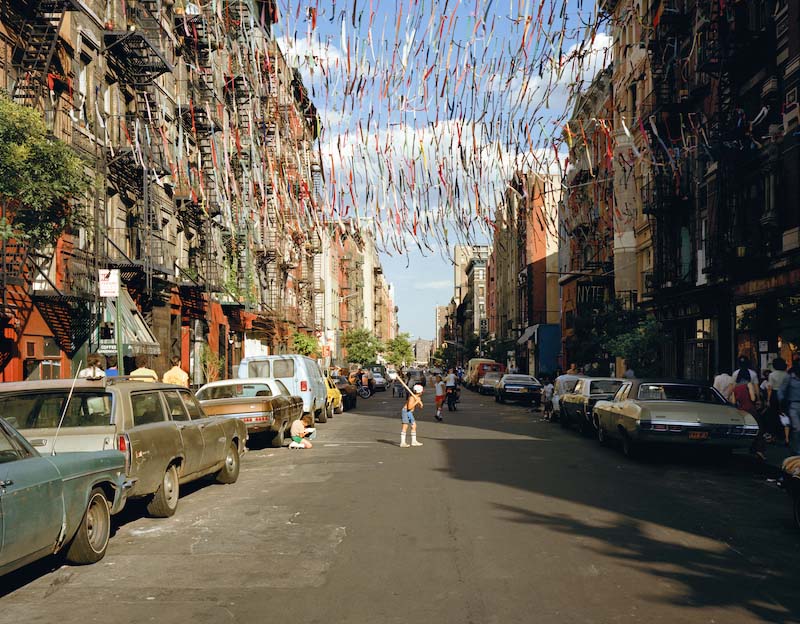
In 1980 I began photographing the Lower East Side with Edward Fausty, a fellow graduate from Cooper. It was a conceptually rigorous project covering every part of the neighborhood, a cataloging of buildings types, storefronts, parks, and ethnic enclaves. I had a wall-sized map in my apartment with red pins for each picture we made. But we were also open to discovery, serendipity, to life unfolding in the street, and to the overlay of history that made this one of the most important neighborhoods in the country. Millions of Americans can trace their roots to the Lower East Side. And now, at the end of the ’70s, young people like myself were occupying the tenements and lofts that once housed Germans, Italians, Irish, and Jews from Eastern Europe.
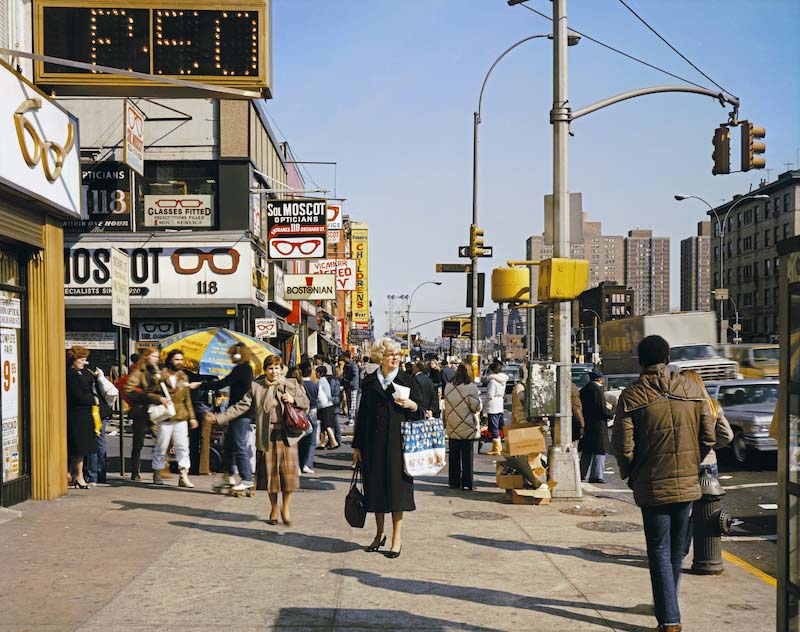
There were other newcomers as well. Alphabet City — the lettered streets in the East Village — was predominantly Puerto Rican, as were the massive housing projects along the river. And to the south, Chinatown spilled over into what had once been a Jewish quarter. We were acutely aware that the vestiges of Jewish culture still present were not likely to survive the demographic shifts roiling the neighborhood and took care to include them in our pictures.
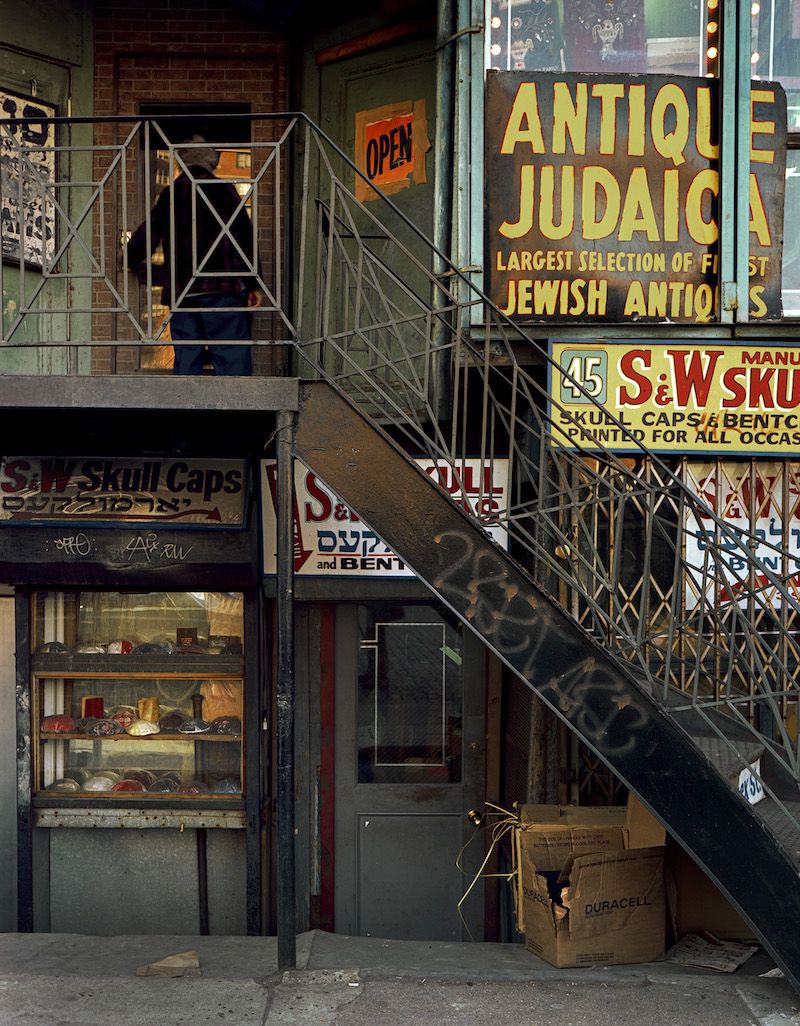
I quickly settled into my railroad apartment on East 4th Street, just two blocks from CBGB, the famous punk rock mecca, and I found myself belonging to various overlapping groups of people — artists, musicians, and neighborhood activists. I studied with Joel Meyerowitz, whose color photography had brought me to Cooper, and took a class from filmmaker D.A. Pennebaker, one of the pioneers of cinema verité. I worked part time at the International Center of Photography hanging exhibitions, and I joined the board of a local housing advocacy group. I was also writing songs and performing, and in 1980 just as I was beginning to photograph the Lower East Side, I met songwriter Suzanne Vega. We egged each other on, believing there were no limits to what we could achieve.
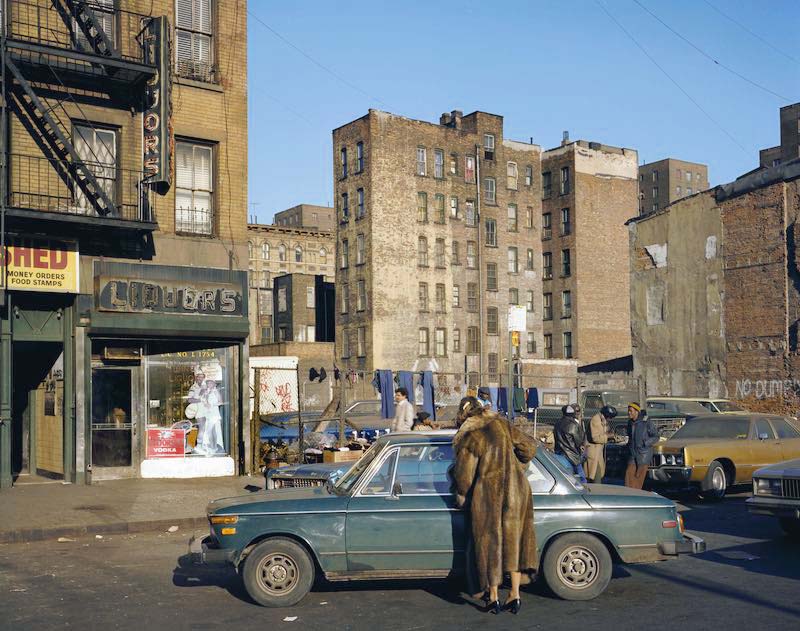

Those were heady days, and the pictures that Ed and I made in 1980 emerged from the unique creative melting pot of Lower Manhattan. But let’s be honest. The conditions were harsh, the dangers of the street very real, and not everyone made it out unscathed. The tendency is to look back at that New York with a misty-eyed sentimentality, and to see things from the safety of middle-class privilege. It’s true that many of us benefited from the cheap housing and edgy frisson of the Lower East Side, but successful artists – then and now – thrive where the money is, and New York has always been that place, even in the darkest days of 1980.
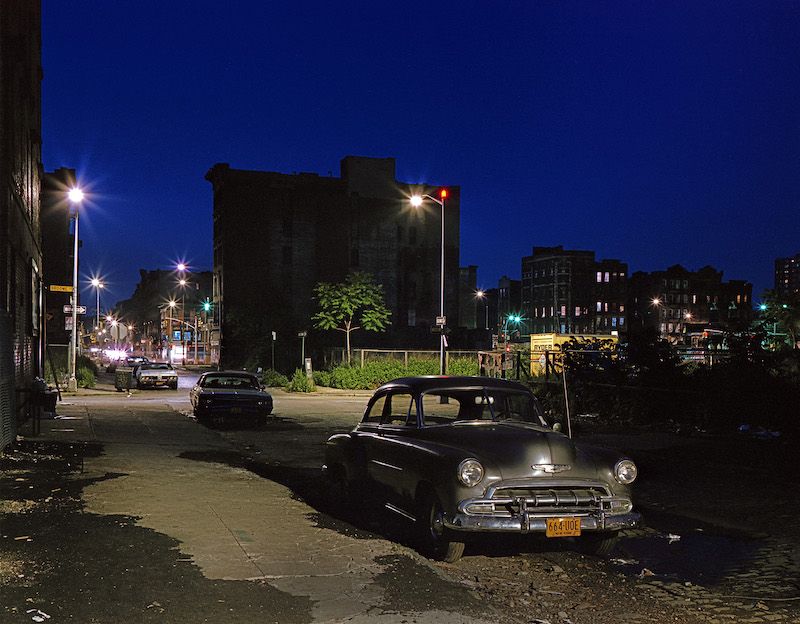
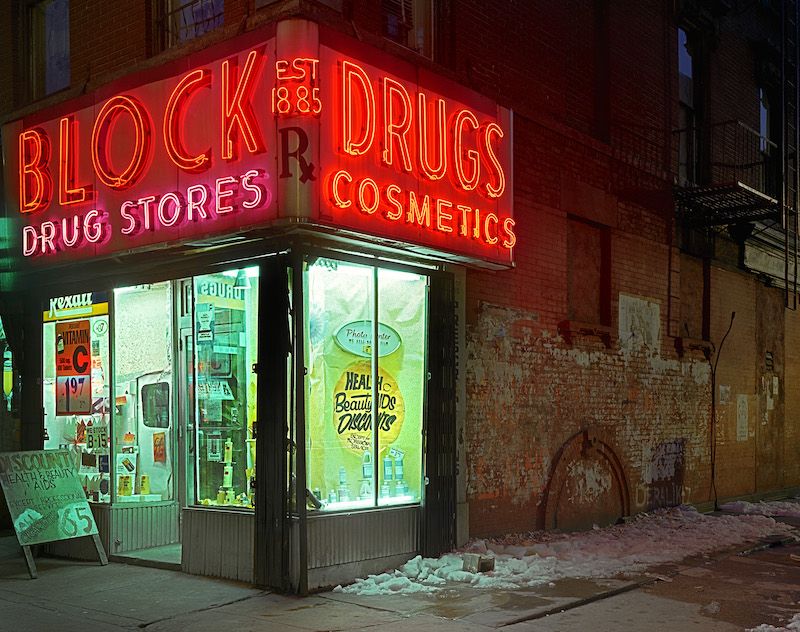
After September 11th 2001, I felt compelled to retrace my steps, to return to the streets where my love of New York was born. I realized in the aftershock of the falling buildings, in the cloud of dust that enveloped Lower Manhattan, that it was my duty, if not my destiny, to express as best I could, my fierce affection for the city. And so I began photographing the Lower East Side again. The old immigrant neighborhood situated between the towers of Wall Street and Midtown would serve as a bellwether of change and continuity. Instead of repeating the same shots — a too easy strategy — I brought fresh eyes to an urban landscape that was both familiar and radically transformed. The result was a book, Time and Space on the Lower East Side.

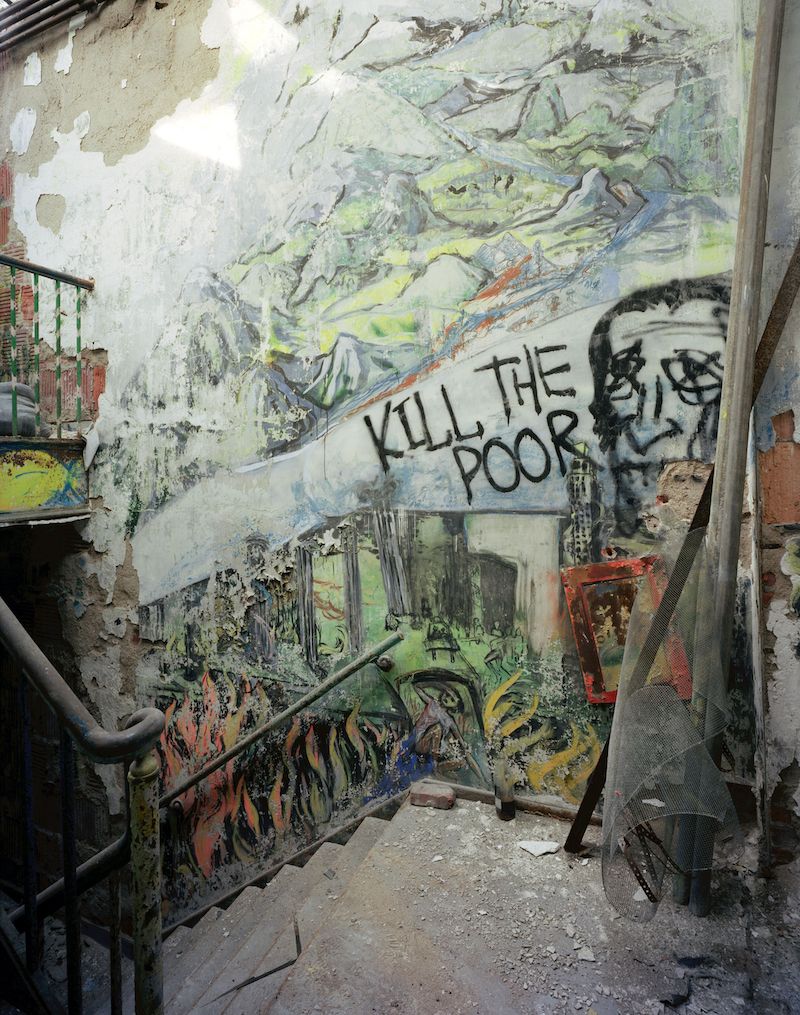
The photographs here are from Time and Space along with several that have never been scanned or printed until now. I am in the process of digitally archiving the entire project, and I hope to eventually publish an updated edition of the book. While many of the pictures show the empty lots and abandoned buildings that were endemic to New York in 1980, others express the vitality of the neighborhood, even beauty, that flourished in unlikely places.
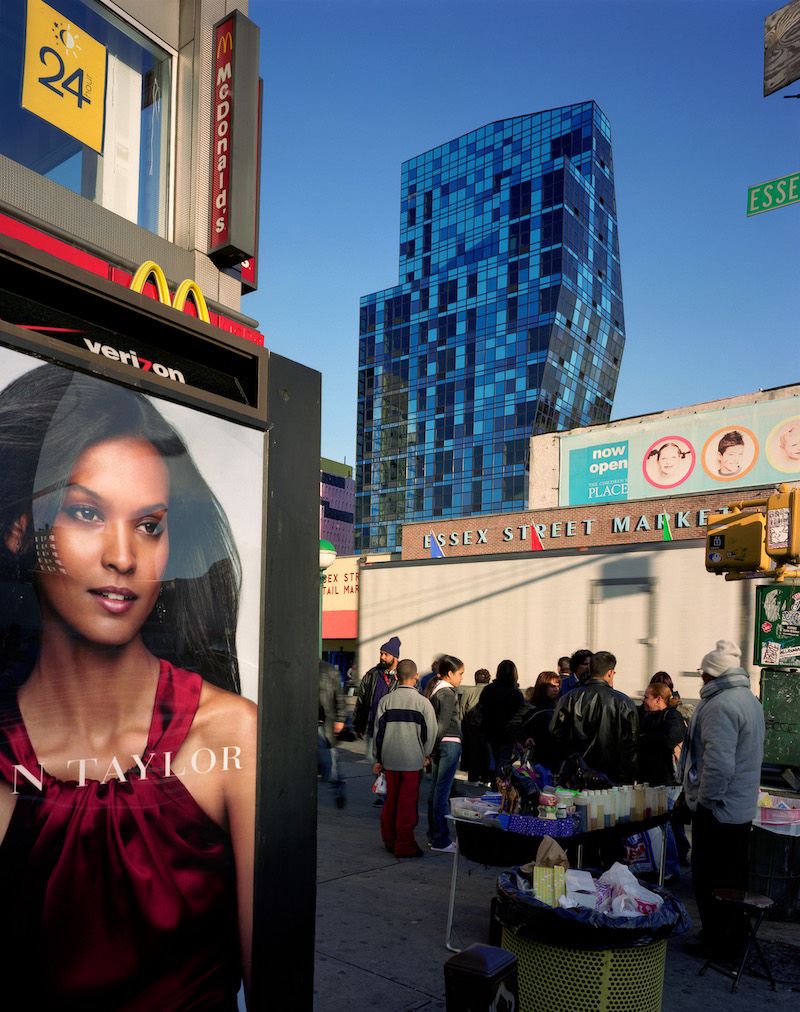

As Suzanne Vega wrote in the introduction to Time and Space on the Lower East Side, “In his pictures he revels in the urban texture of the place, the endless rows of tenements, the desolation of vacant lots, and the bits of green, wild or cultivated, that seek a foothold among the rubble.”
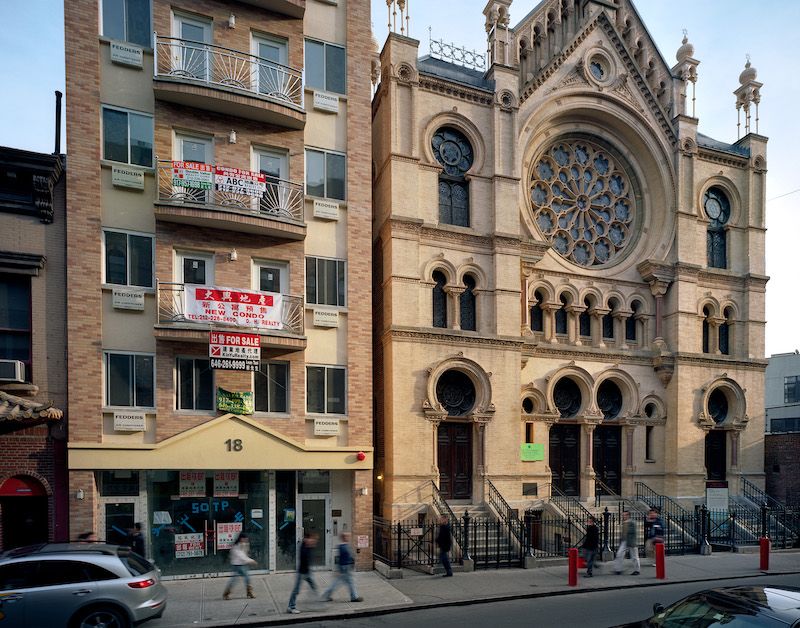
Next, check out Gregroire Alessandrini’s photos of New York Then & Now: 1997 – 2019!
Subscribe to our newsletter